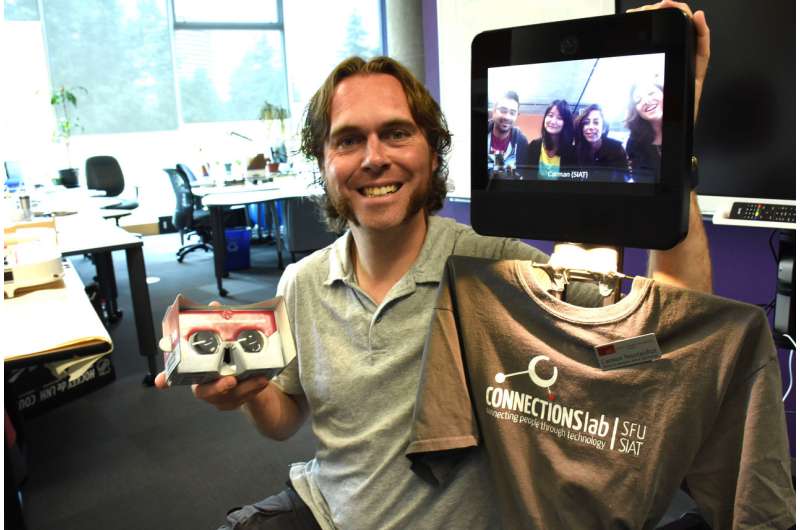Establishing system for 911 video calling poses design challenges

Implementing 911 video calling may not be far off, with the CRTC asking for new 911 infrastructure to be in place by 2020. But a team of researchers led by SFU professor Carman Neustaedter suggests that while there may be obvious benefits to video calling for 911, there are also technical and social challenges to ensuring the system works optimally.
In a paper, The Benefits and Challenges of video Calling in Emergency Situations, recently presented at the 2018 ACM CHI Conference on Human Factors in Computing Systems, the researchers say 911 video calling systems designed like current commercial video chat software, such as Skype or FaceTime, won't suffice for addressing the real needs of emergency calls and call-taker/dispatcher work practices.
"We see a huge need but also a really challenging design space," says Neustaedter, who collaborated with Microsoft Research and the University of Calgary on the study. "We need to think about emergency video calling along a continuum of visual modalities, ranging from audio calls accompanied by images or video clips, to one-way video streams to two-way video streams, where camera control and camera work need to be carefully designed."
On the benefits side, the study suggests that video calls could provide valuable contextual information about a situation to 911 call-takers, and help to overcome call-taker challenges with information ambiguity, location, deceit, and communication issues (e.g., non-English speakers, children).
Emergency video calling services across North America could be poised within a few years to complement audio-based 911 calling, first introduced in the late 1960s.
The researchers collected data from three 911 call centres where they observed work practices, listened in on 911 calls and carried out interviews about the pros and cons of future technology use.
Concerns included 911 call-takers losing the ability to control the call, given the potential need for careful question sequencing, and the implications of viewing potentially challenging or difficult scenes that could lead to workplace stress or post-traumatic stress disorder.
Others suggest that visuals could make it easier to understand the issue and provide attending paramedics with advanced details.
"Being able to fluidly move between different visual modalities as part of the video call becomes critical as the visual needs of the call-taker may change," notes Neustaedter. "Callers and call-takers would require interfaces that make it easy to transition between these different visual modalities.
"It would also be pertinent to be able to "go back in time" to replay the video call in case they needed to see the call using a different modality than they had chosen at the time."
Neustaedter says the research will help inform those charged with creating ways to open up the design space around future emergency calls and call handling.
Provided by Simon Fraser University





















